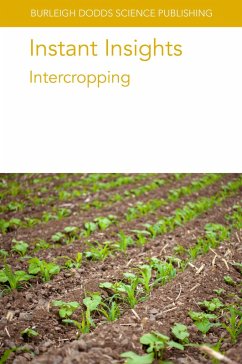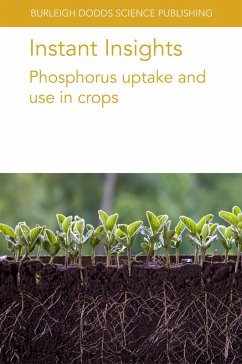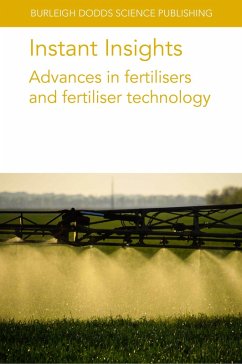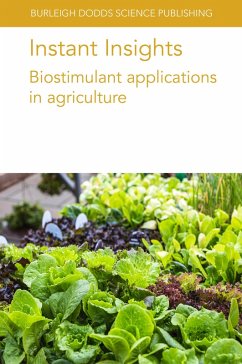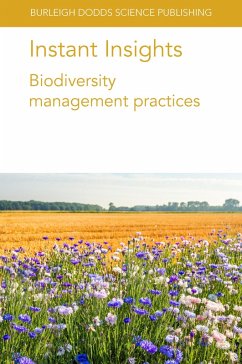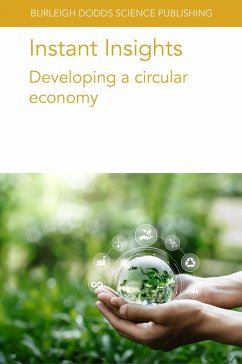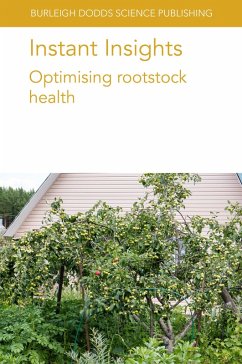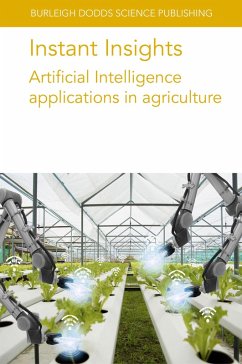
Instant Insights: Biofertiliser use in agriculture (eBook, ePUB)
Versandkostenfrei!
Sofort per Download lieferbar
37,95 €
inkl. MwSt.
Weitere Ausgaben:

PAYBACK Punkte
19 °P sammeln!
- Considers the need to replace the application of synthetic fertilisers with more eco-friendly alternatives that have a reduced impact on the environment
- Reviews recent advances in the use of treated wastes to optimise crop health and nutrition
- Addresses key issues that can arise as a result of the use of bio-based fertilisers
Dieser Download kann aus rechtlichen Gründen nur mit Rechnungsadresse in A, D ausgeliefert werden.





